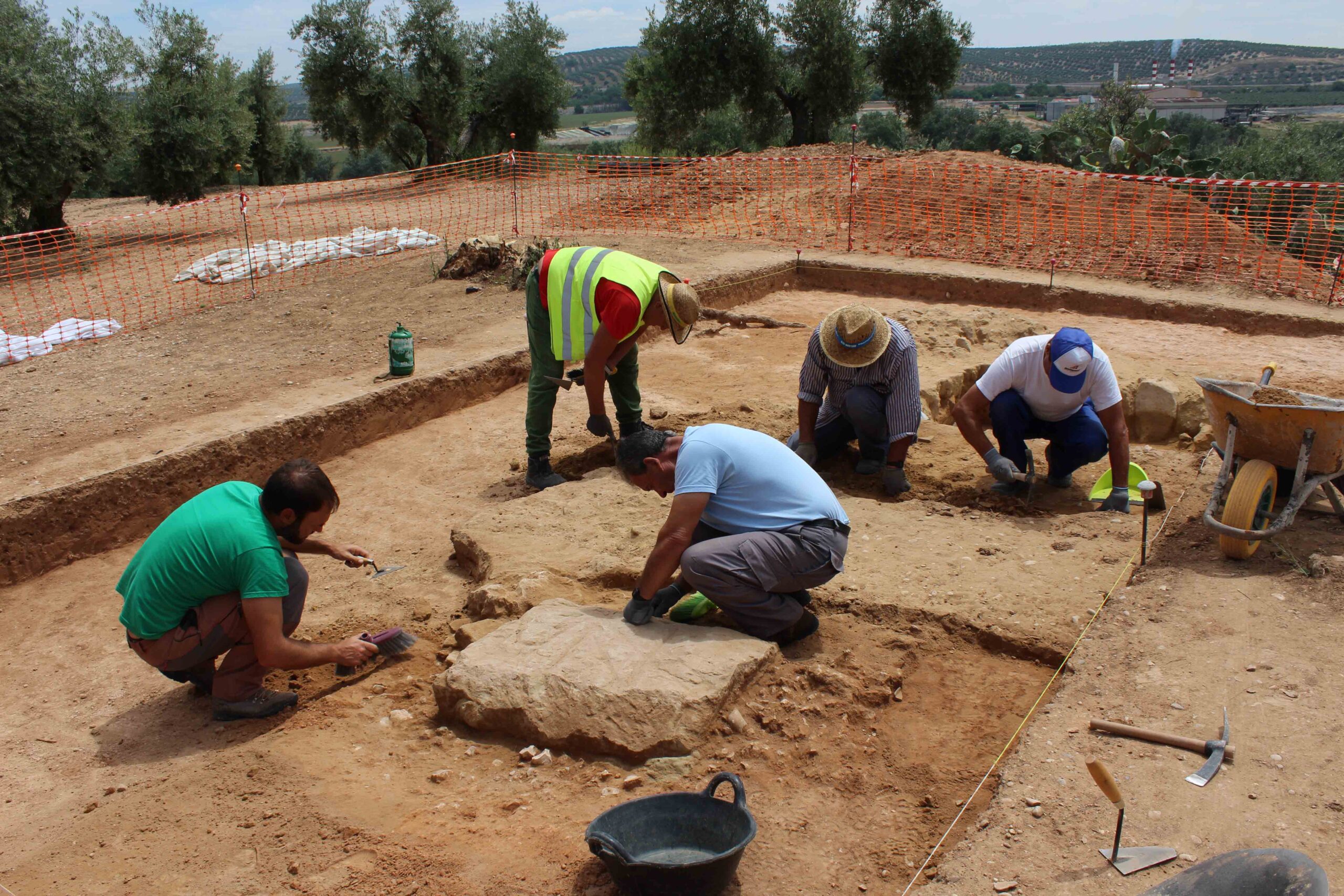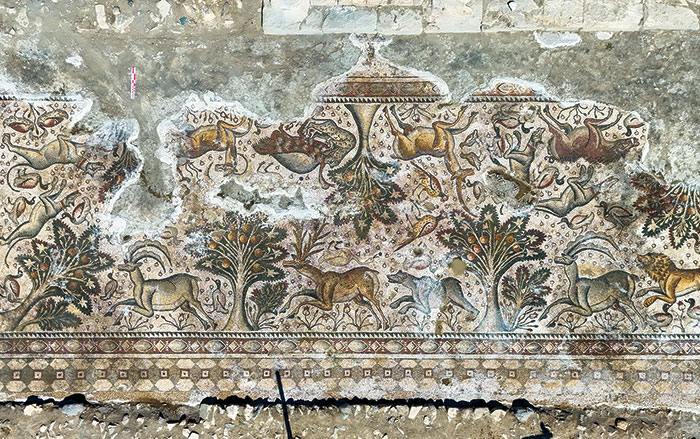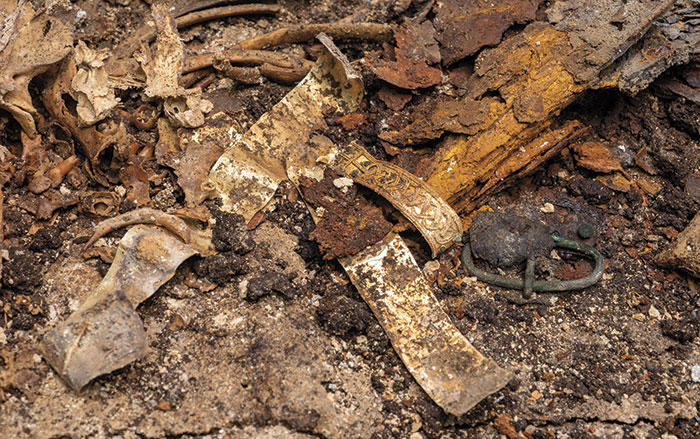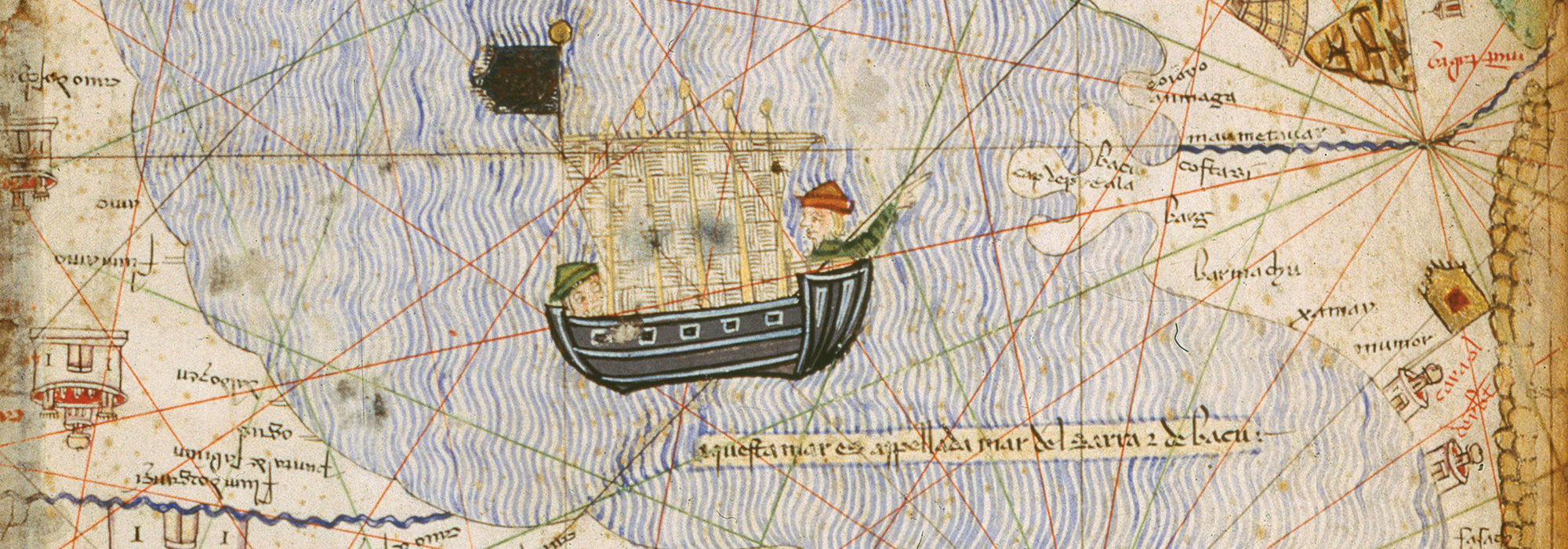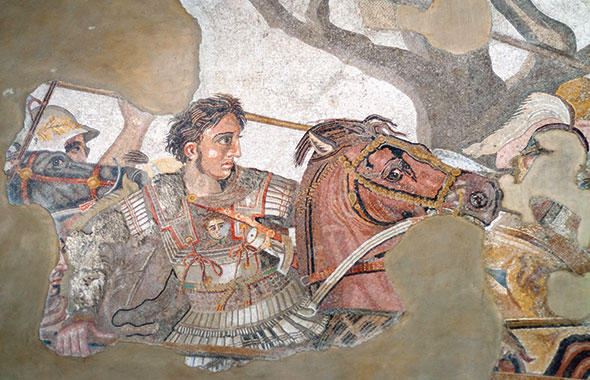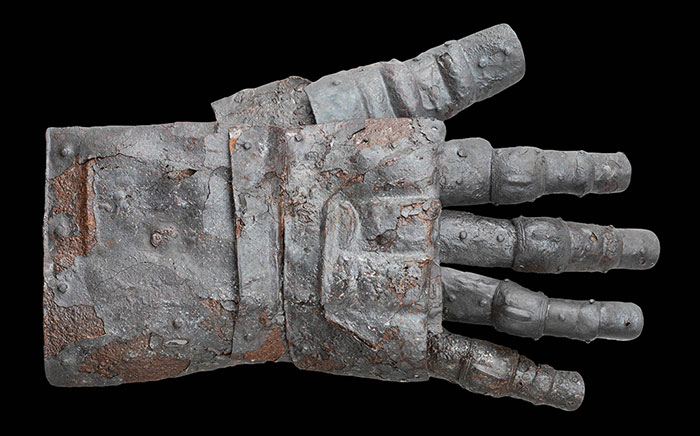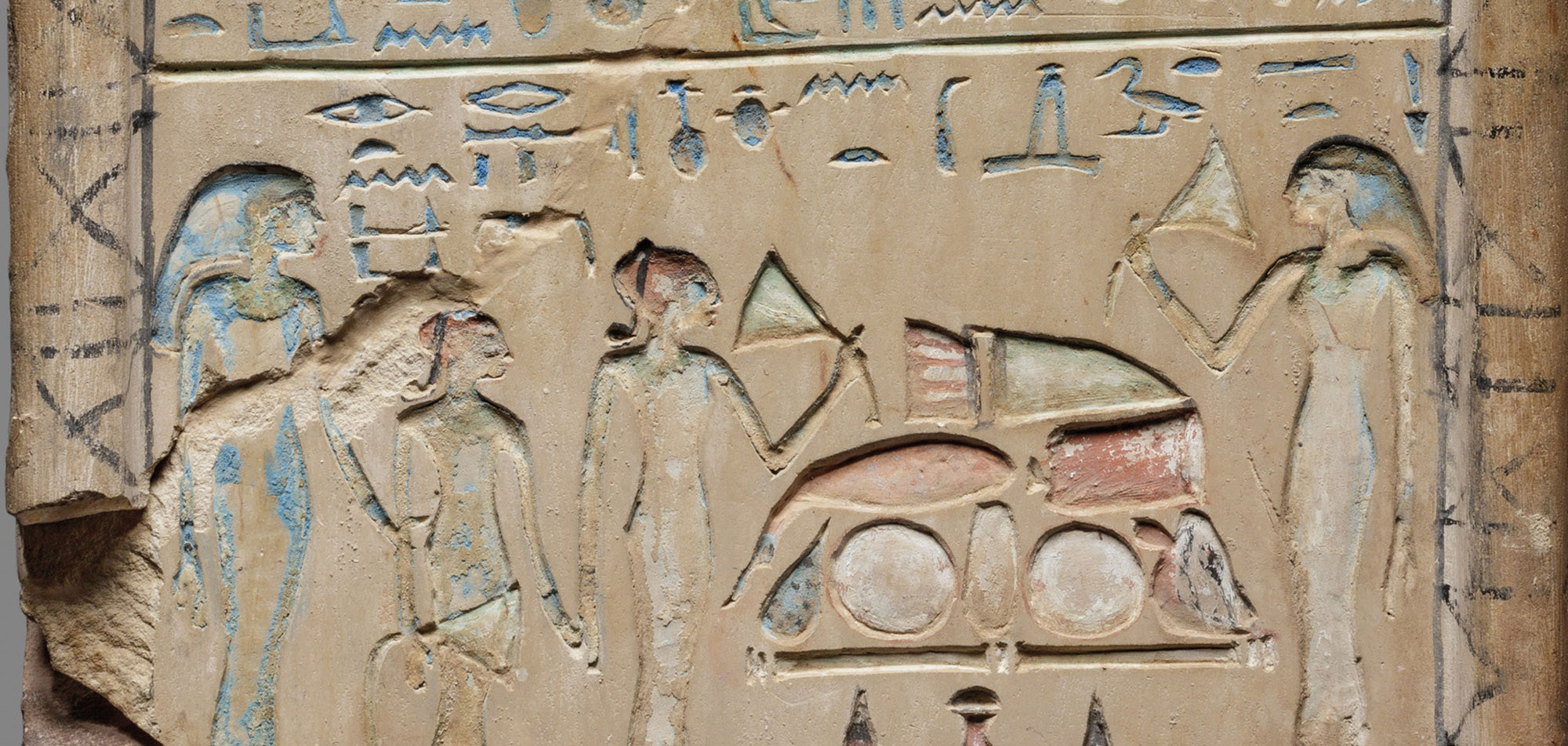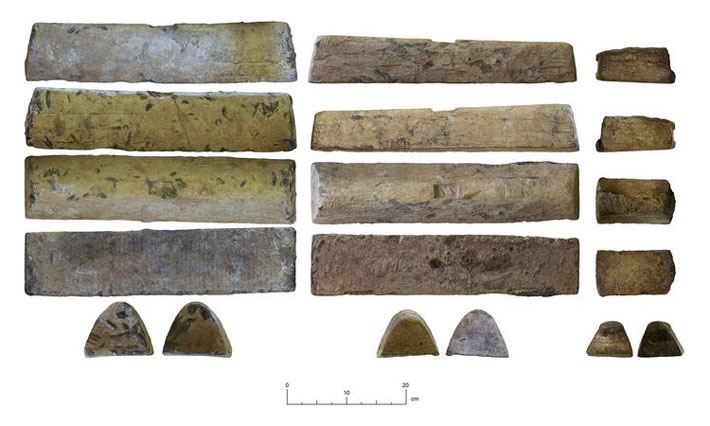
CÓRDOBA, SPAIN—According to a statement released by the University of Córdoba, recent analysis of three first-century A.D. lead ingots recovered from southern Spain’s site of Los Escoriales de Doña Rama in the twentieth century suggests that ancient Córdoba, the capital of the Roman region of Baetica, was a center for smelting lead. The Romans used the metal to make spoons, tiles, pipes, and other everyday objects. Each ingot is about 18 inches long, triangular in shape, and weighs more than 50 pounds. One of them is broken in half, and two of them still bear the identification mark, “S S,” for Societas Sisaponensis, a mining company. The mark and the shape of the ingots indicates that they had been intended for export, while chemical analysis of the ingots shows that they came from a mining area that includes the site where they were recovered. “This information demonstrates that, in antiquity, these northern regions of Córdoba boasted major metallurgical networks of great commercial and economic importance in the Mediterranean,” said Antonio Monterroso Checa of the University of Córdoba. He thinks Los Escoriales de Doña Rama may have been the site of a mining town with a foundry, a processing area, and maybe even a fortress. To read about Rome's exploitation of southern Spain's ancient silver mines, go to "Spain's Silver Boom."



